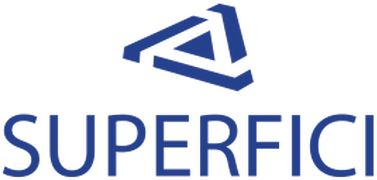Our technologies
Since 2016 Superfici has been offering 3D printing service, guaranteeing its customers competence, speed and professionalism.
Below are the main 3D printing technologies present in our laboratories
FDM
Principle and operation
Fused Deposition Modeling (FDM), otherwise known as Fused Filament Fabrication (FFF), is an additive manufacturing process belonging to the category of material extrusion, according to the ISO/ASTM 52900: 2015 standard.
In FDM, an object is constructed by selectively depositing molten material following a path determined by a software (slicer) dedicated.
The materials used are thermoplastic polymers and are loaded into the printer in the form of filament.
History
In 1988, S. Scott Crump, with the intention of creating a toy for his daughter, melted the plastic and distributed it in thin layers using a hot glue gun. He called this invention Fused Deposition Modeling (FDM) and filed its patent.
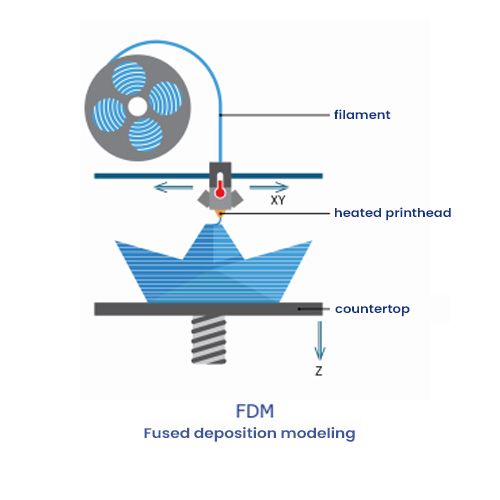
3D printing in FDM is the most advantageous economically technology to produce parts and prototypes with thermoplastic materials
Materials
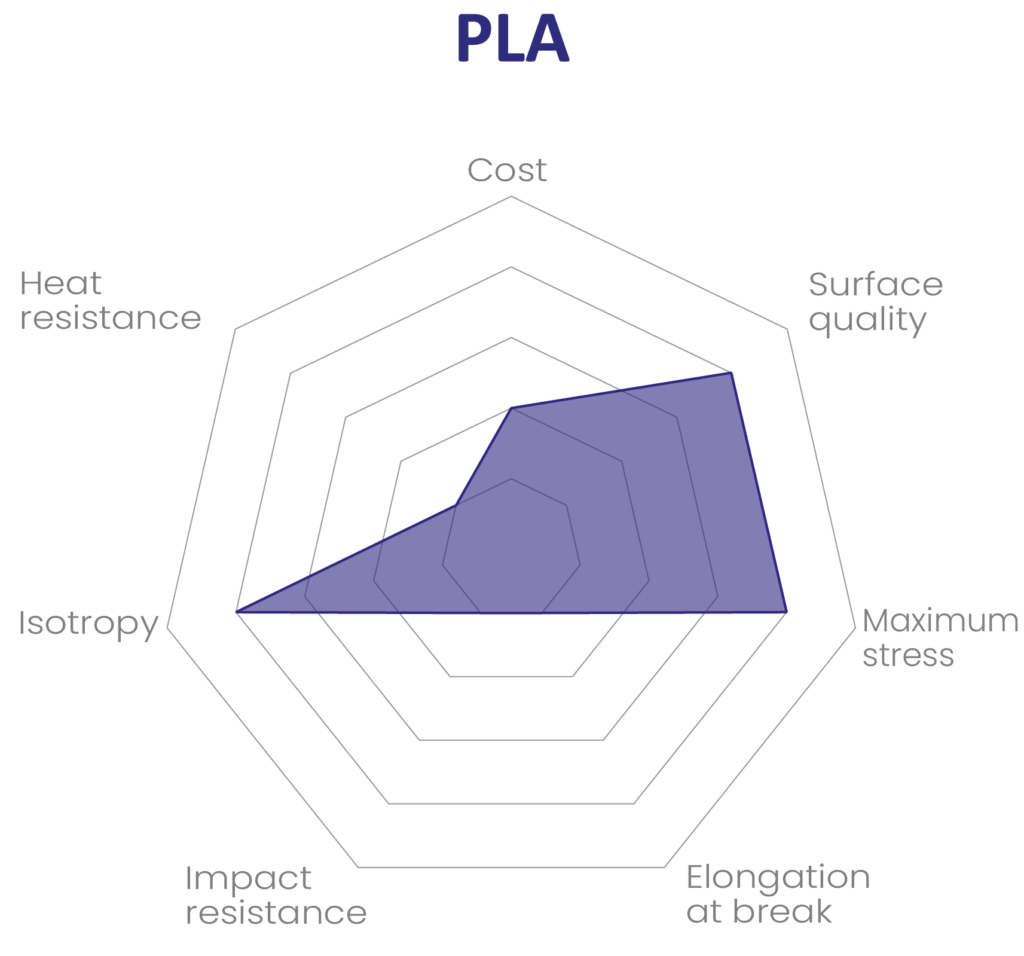
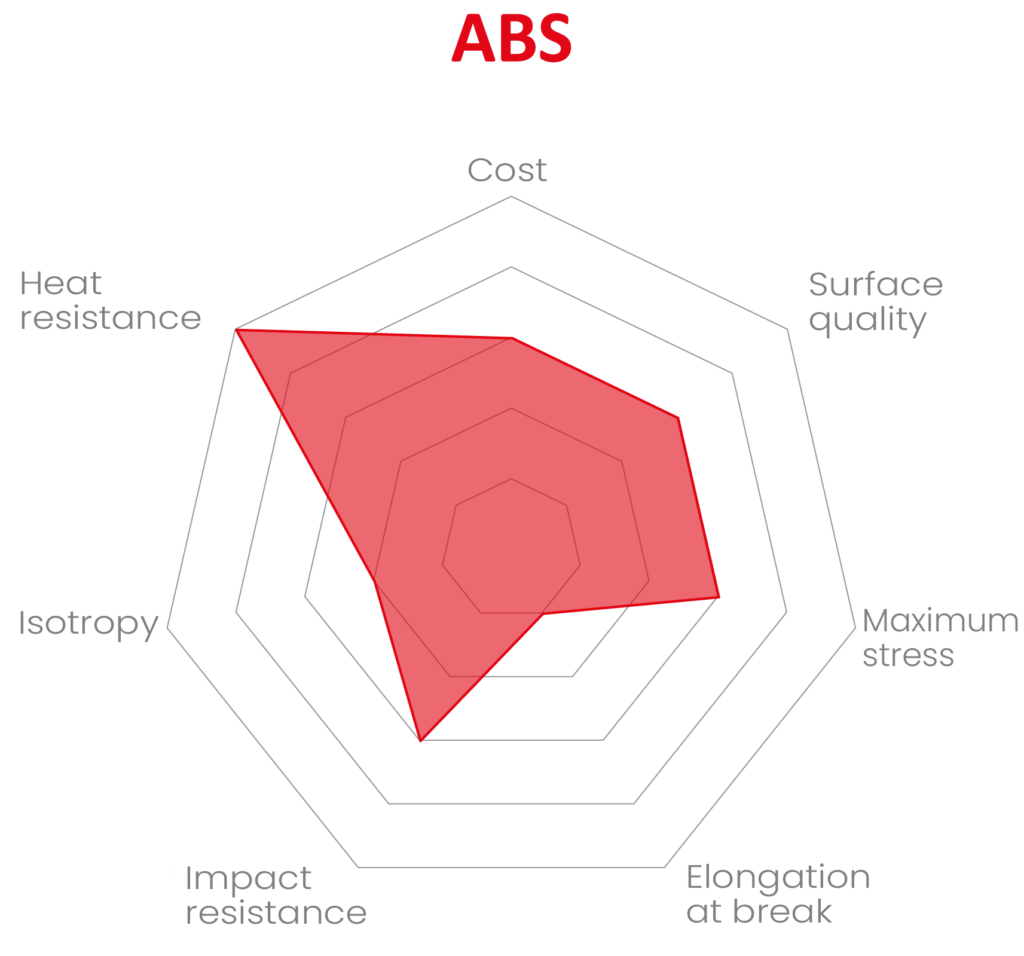
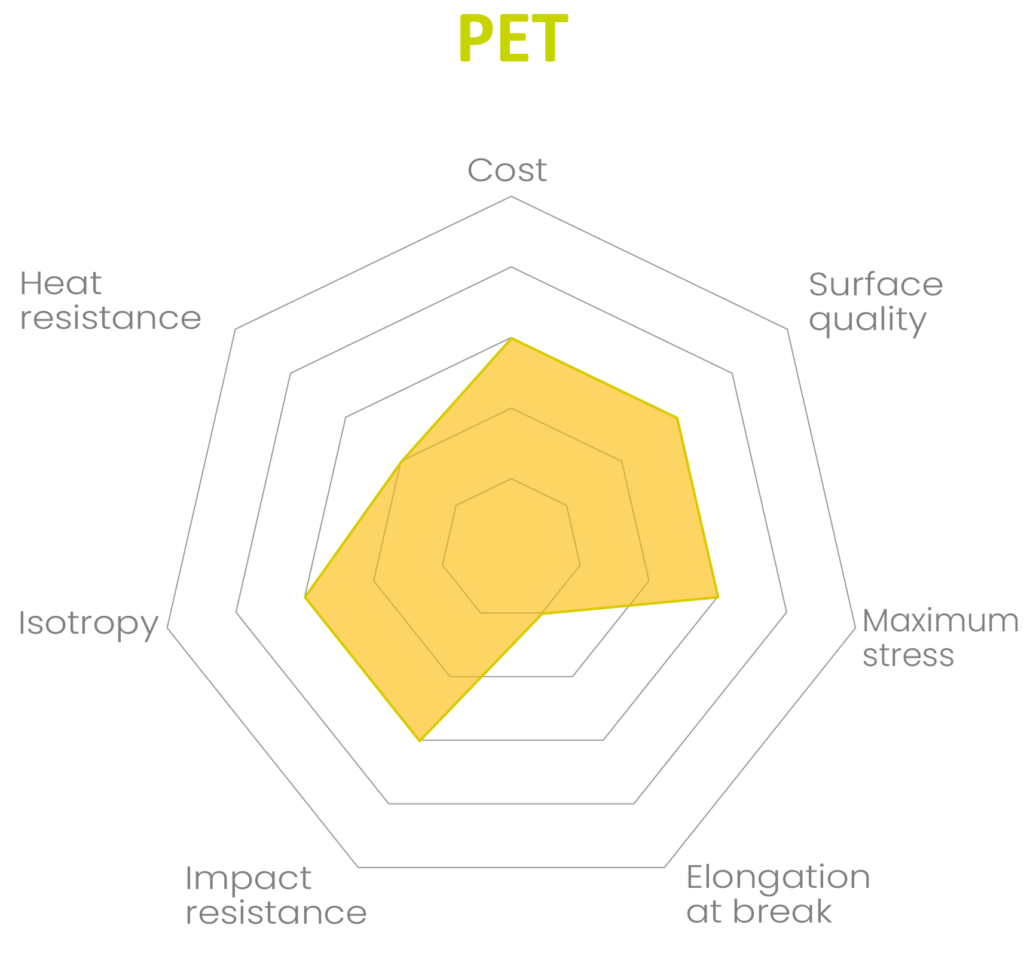
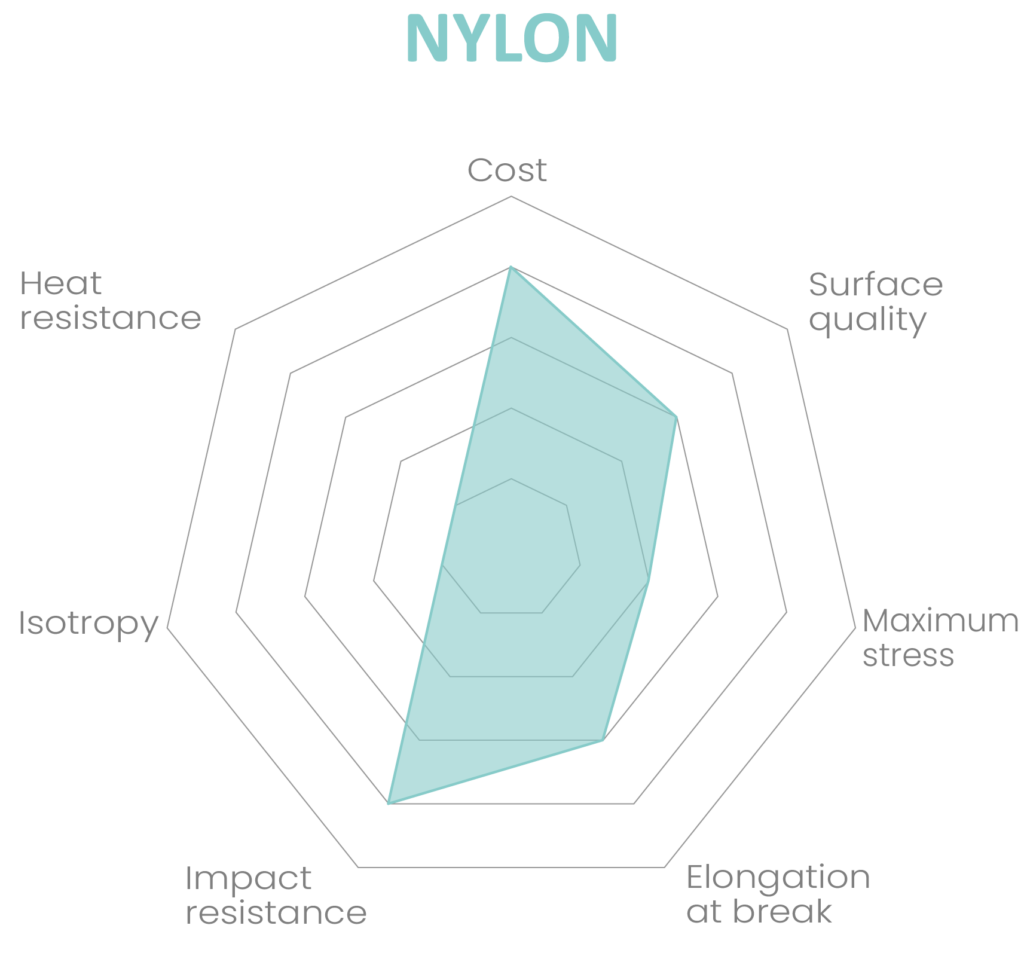
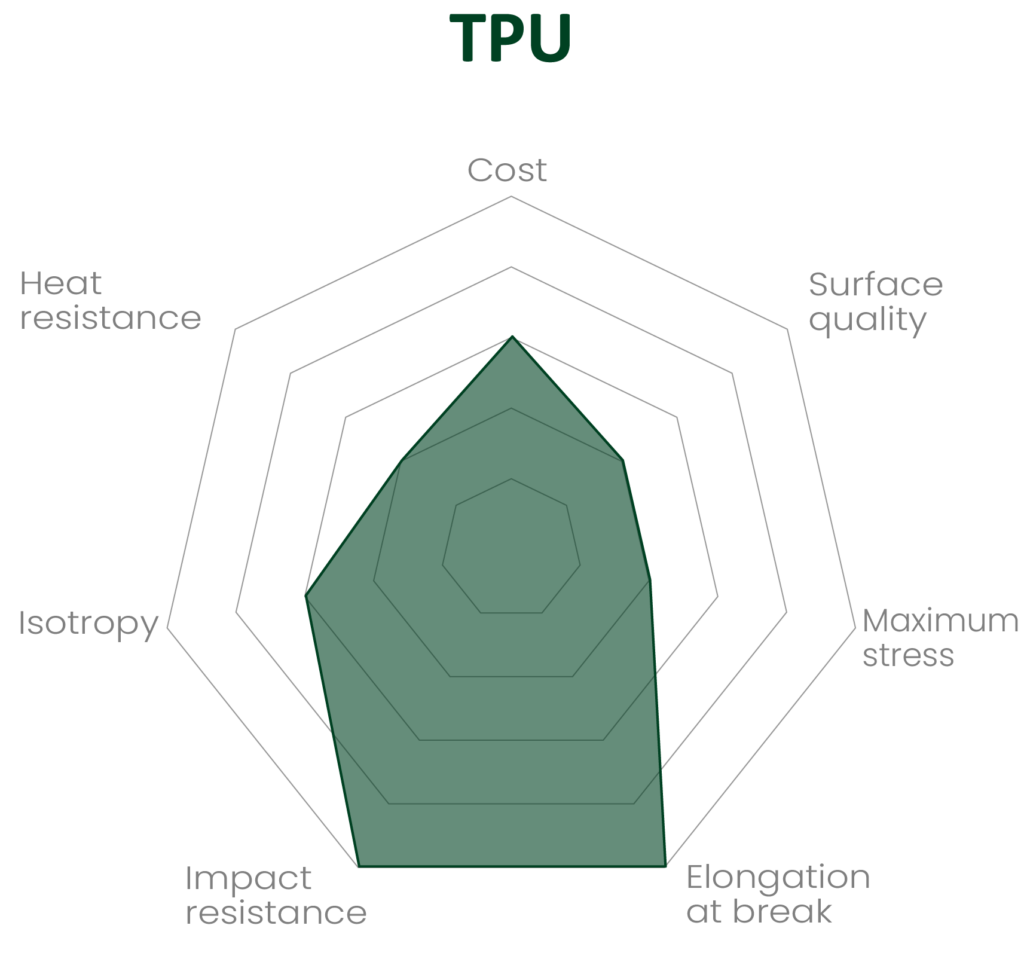
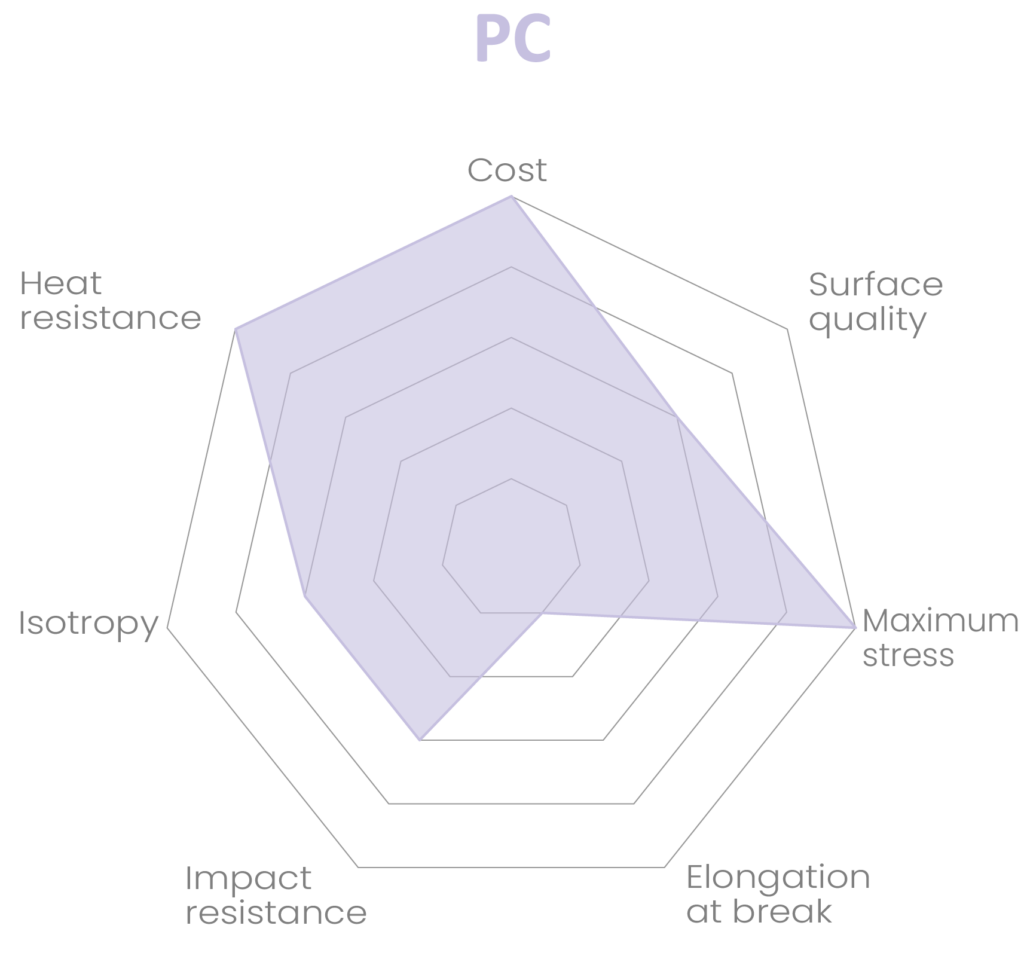
Do you want to know the complete range of materials that can be used in 3D printing and their main applications?
SLA/UV LCD
Principle and operation
Stereolithography (SLA) is an additive manufacturing process that belongs to the category of tank polymerization, according to the ISO/ASTM 52900: 2015 standard.
In SLA 3D printing an object is created by selectively solidifying, layer by layer, a photosensitive liquid resin by means of an ultraviolet laser beam.
The DLP and UV LCD technologies, very similar to SLA, use different UV sources to solidify the polymer layers.
History
The term stereolithography was coined in 1986 by Charles W. Hull, who conceived and patented the method of creating three-dimensional objects by the succession of solidified layers of resin sensitive to ultraviolet light.
About a year later, Larry Hornbeck invents Digital Light Processing technology, more commonly known as DLP.
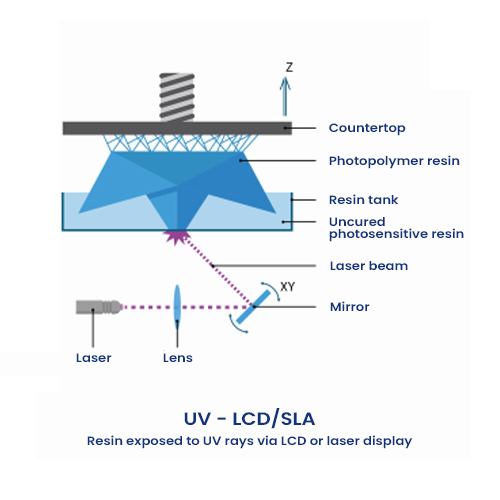
SLA 3D printing can produce accurate parts, reaching the highest level of detail
Parts made from SLA have an excellent surface finish, ideal for aesthetic prototypes
Special materials are available for SLA, such as clear, flexible and cast-specific resins
Materials
The materials used in SLA 3D printing are photosensitive thermoplastic polymers, which appear in liquid form, and are activated by a laser source during the printing process.
Complete the form to receive the complete datasheet of materials that can be used with SLA technology and the main fields of application.
Our printers
SUPERFICI now has 14 3D printers with different formats and technologies

| AMOUNT | USABLE PRINT VOLUME | TECHNOLOGY | RESOLUTION |
|---|---|---|---|
|
AMOUNT
1
|
USABLE PRINT VOLUME
600 x 600 x 600 mm
|
TECHNOLOGY
FDM
|
RESOLUTION
50 ÷ 1200 μm
|
|
AMOUNT
4
|
USABLE PRINT VOLUME
300 x 300 x 600 mm
|
TECHNOLOGY
FDM
|
RESOLUTION
100 ÷ 800 μm
|
|
AMOUNT
2
|
USABLE PRINT VOLUME
250 x 700 x 200 mm
|
TECHNOLOGY
FDM
|
RESOLUTION
100 ÷ 300 μm
|
|
AMOUNT
1
|
USABLE PRINT VOLUME
300 x 300 x 300 mm
|
TECHNOLOGY
FDM
|
RESOLUTION
90 ÷ 290 μm
|
|
AMOUNT
2
|
USABLE PRINT VOLUME
200 x 200 x 180 mm
|
TECHNOLOGY
FDM
|
RESOLUTION
90 ÷ 290 μm
|
|
AMOUNT
1
|
USABLE PRINT VOLUME
180 x 180 x 280 mm
|
TECHNOLOGY
FDM
|
RESOLUTION
50 ÷ 290 μm
|
|
AMOUNT
1
|
USABLE PRINT VOLUME
ø180 x 180 mm
|
TECHNOLOGY
SLA
|
RESOLUTION
25 ÷ 100 μm
|
|
AMOUNT
2
|
USABLE PRINT VOLUME
132 x 74 x 175 mm
|
TECHNOLOGY
UV LCD
|
RESOLUTION
25 ÷ 100 μm
|
